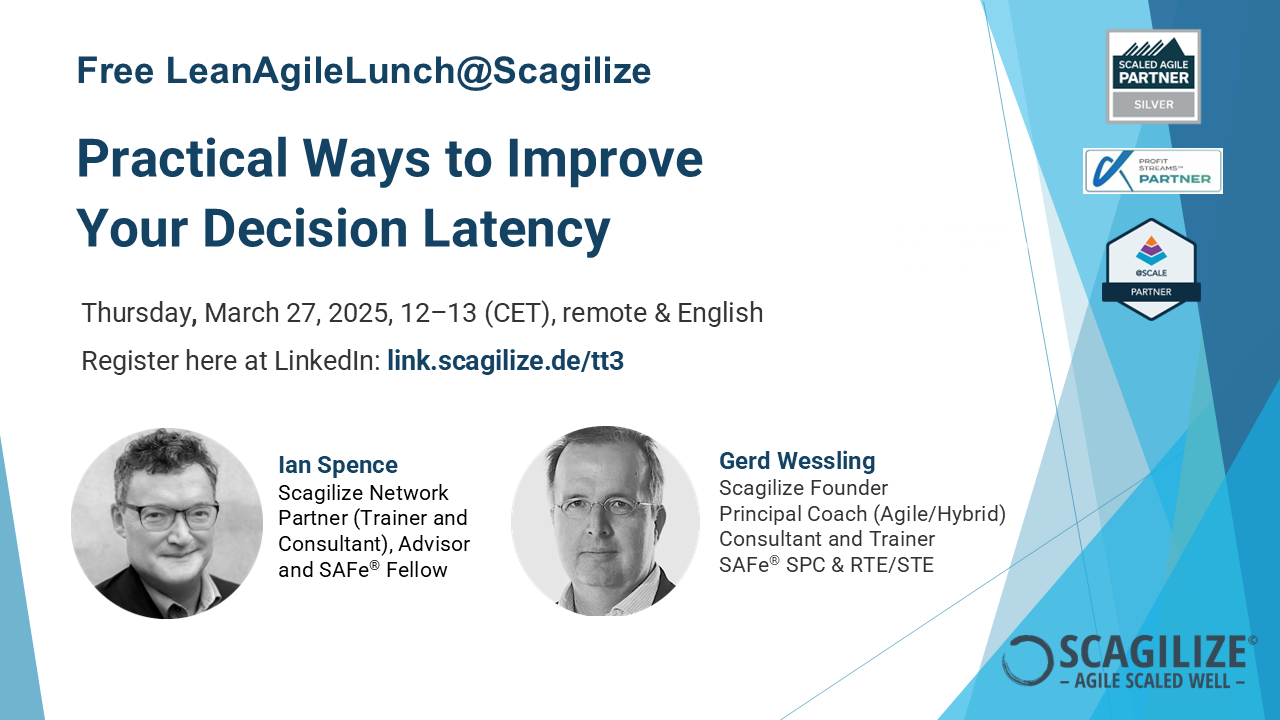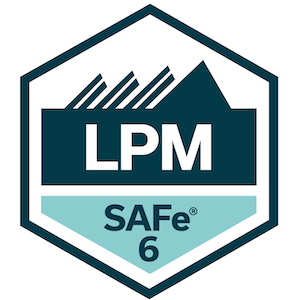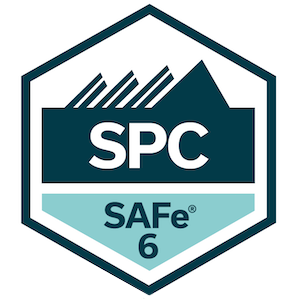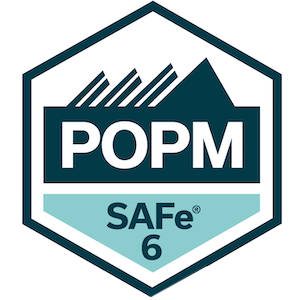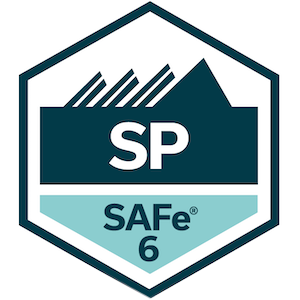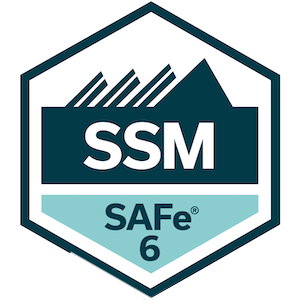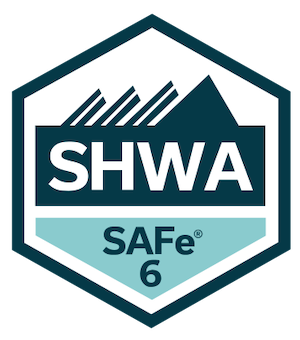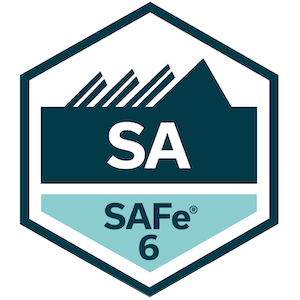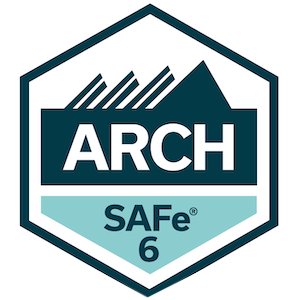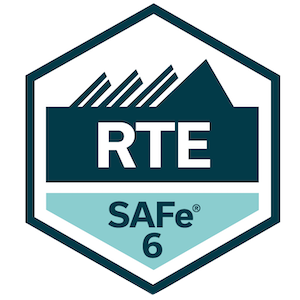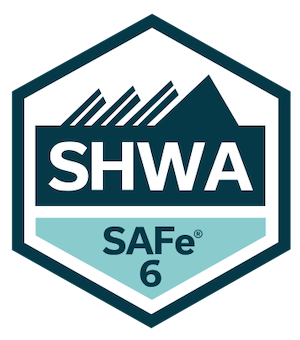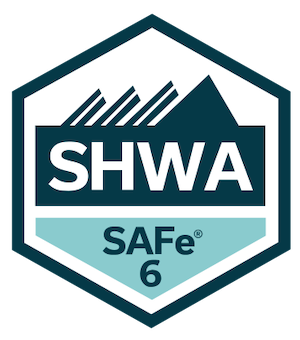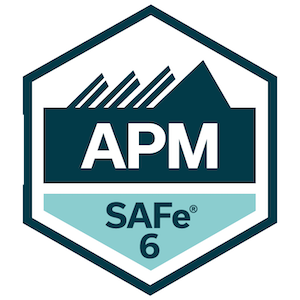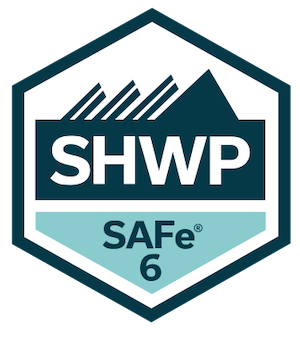
Ian Spence
Scagilize Network Partner (Trainer & Consultant), Advisor & SAFe Fellow
Ian Spence on:
Practical Ways to Improve Your Decision Latency
Part Two:
Increase Executive Agility
In our last blog (Practical ways to improve your decision latency, part 1) we looked at the first two practical ways to improve your decision latency. In this blog, we look at another 2 ways – this time examining ways that the executive can help improve your decision latency.
Actively Participate or Get Out of the Way
If you reserve the right to be the sole decision-maker, be there when the decisions are needed
The hierarchical nature of many organizations can lead to the most Kafkaesque of situations – in particular, a dilemma that I’ve seen in many organizations; the situation where there are many, many people involved who can say “no” but no-one who can actually say “yes”.
For example, recently I was working in a very large organization where any spending decision over £10,000 had to be signed off by a senior executive in another time zone. One who was only available once a quarter and who had many gatekeepers (people that had to approve your argument before you could even speak to them). These gatekeepers, bless them, could say “no” but had no power to say “yes”. If they thought it was an idea worth pursuing, they would try to get a slot in the very busy executive’s diary. An executive who in turn often turned out to be another gatekeeper.
This wasn’t perceived as a problem as they signed off on the annual plans at the beginning of each year, and yet as an organization they were trying to innovate and outpace the competition. You can imagine the kind of decision latency they had on anything other than the smallest team-level decisions.
If you are a leader, and you want your teams to succeed with agile, you must either turn up every day to make and validate decisions or delegate the needed authority to people who will.
Actively participate or get out of the way. You can keep the final decision-making authority on any areas, levels, types of decision etc you like as long as you put in place the mechanisms that will allow you to make them in a timely fashion and have them acted upon within an iteration.
As SAFe says,
“Perhaps contrary to some thinking, escalation is not a failure pattern. Instead, it is an essential mechanism in a functioning organization. It keeps the process moving and highlights effective decentralized decision-making by illustrating that not every decision is appropriate for decentralization at any node in the chain.” To which I would add, “If you want to have an acceptable decision latency, then the escalation should be handled within a day or at worse an iteration.”
Embrace Executive Agility
Have an Agile Executive Team or an Executive Action Team to EAT Those Impediments
If we really want to reduce our organization’s decision latency, then we need an enterprise level sync to handle any decisions that fall outside the remit of our other lower-level syncs. For example, even if you are applying SAF’e Lean Portfolio Management practices then there will still be decisions that are beyond the capability of the Portfolio itself and need to be escalated to the enterprise’s executive.
This need is reflected by the Executive Action Team that sits at the heart of Scrum@Scale and SAFe’s recommendation to have an Agile Executive Team to support full business agility.
Both bring an enterprise’s executive together to form and behave as an Agile Team. Because of this they will be having Team Syncs (or Daily Scrums or Daily Stand Ups or whatever you like to call them) which will become the ultimate sync for the enterprise. As discussed in Part 1 of this blog series, these should be 15-minute sync meetings with time set aside for a meet after and held at least weekly if not, as Jeff Sutherland recommends, daily.
When set up properly they EAT up any impediments blocking the teams by making decisions, and because the rest of the enterprise is agile have their decisions acted upon within an iteration.
Imagine working in an organization where even the biggest impediments are actioned within an iteration and where you no longer have to wait weeks if not months for simple approvals. Establishing an Executive Action Team or Agile Executive Team will dramatically decrease your decision latency and ensure that middle management is no longer where the difficult issues go to die.
Wrap Up
In our next blog we will look at some more practical ways to improve your decision latency. Until then remember that as a decision maker you need to actively participate or get out of the way.
SAFe and Scaled Agile Framework are registered trademarks of Scaled Agile, Inc.
Scrum@Scale is a registered trademark of Scrum Inc
PS: If you’d like a preview of the next few blogs content, please join our
next lunch-and-learn where we will be discussing decision latency and any, and all, ways we have found to improve it.








